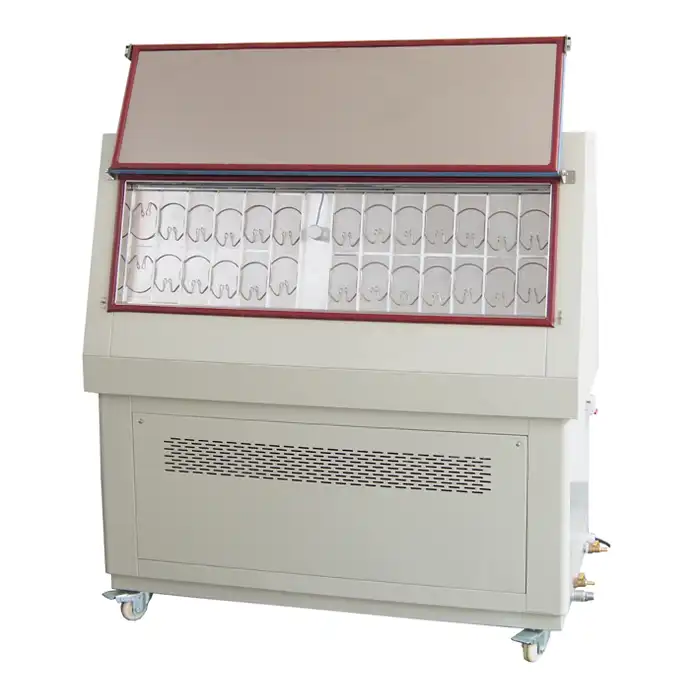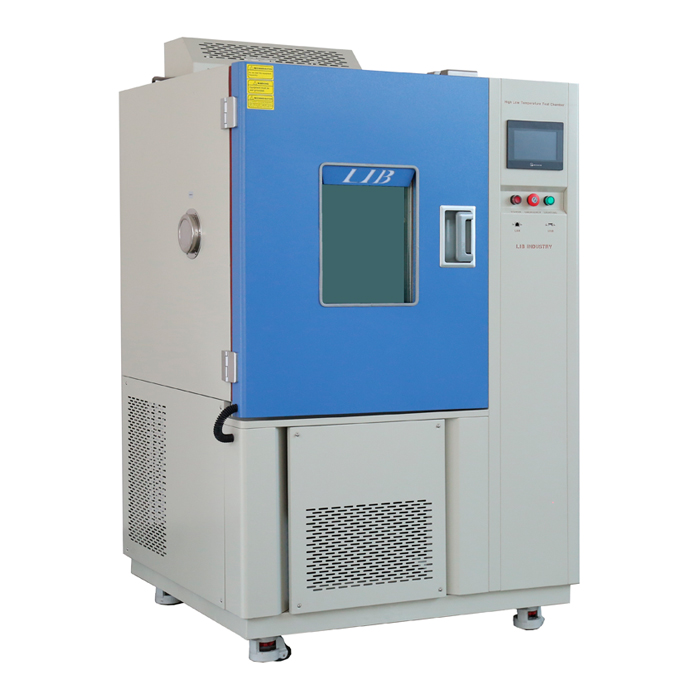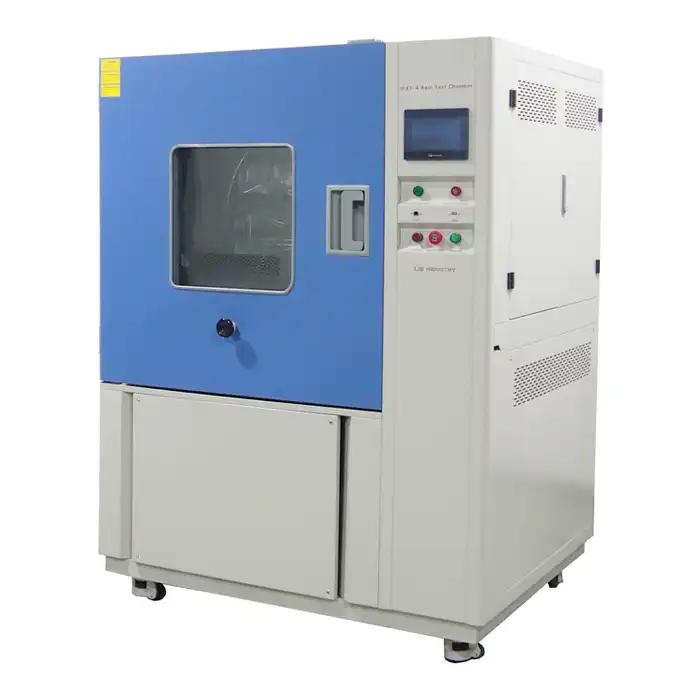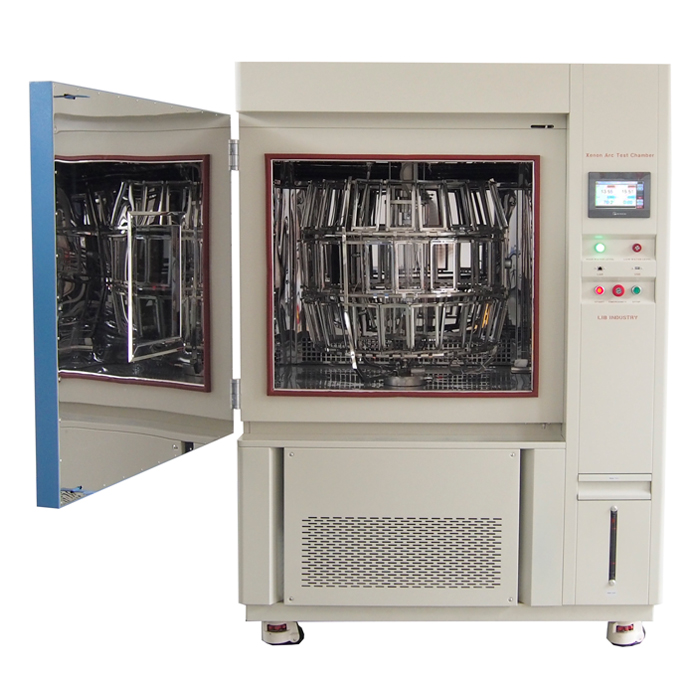How does a dust ingress test chamber work?
In the realm of environmental testing, dust ingress test chambers play a crucial role in evaluating the resilience of various products against particulate matter. These specialized chambers simulate harsh, dust-laden environments to assess how well products can withstand the ingress of dust particles. This article delves into the inner workings of dust ingress test chambers, their components, and their significance in product development and quality assurance.
The Fundamentals of Dust Ingress Testing
Understanding Dust Ingress and Its Impact
Dust ingress refers to the penetration of fine particles into products or equipment. This phenomenon can lead to various issues, including reduced performance, mechanical failures, and compromised safety. Industries such as electronics, automotive, and aerospace rely on dust ingress testing to ensure their products can withstand challenging environments.
The Purpose of Dust Ingress Test Chambers
Dust ingress test chambers are designed to replicate real-world conditions where products may be exposed to dust. These chambers allow manufacturers to evaluate the effectiveness of their products' seals, gaskets, and overall design in preventing dust infiltration. By subjecting items to controlled dust exposure, companies can identify potential vulnerabilities and make necessary improvements.
Standards and Regulations
Several international standards govern dust ingress testing, including IP (Ingress Protection) ratings and military specifications. These standards define the testing procedures, dust particle sizes, and exposure durations required for different levels of protection. Adhering to these standards ensures consistent and reliable test results across various industries.
Components and Operation of Dust Ingress Test Chambers
Chamber Construction and Materials
Dust ingress test chambers are typically constructed using corrosion-resistant materials such as stainless steel. The chamber's interior is designed to withstand repeated exposure to abrasive dust particles without degradation. Viewing windows and internal lighting systems allow operators to monitor the testing process without interrupting the experiment.
Dust Generation and Circulation System
At the heart of a dust ingress test chamber is its dust generation and circulation system. This system consists of a dust reservoir, a mechanism for dispersing dust particles, and fans or blowers to maintain dust suspension. The dust used in testing is often standardized talcum powder or other fine particulates that meet specific size and composition requirements.
Control and Monitoring Equipment
Advanced dust ingress test chambers are equipped with sophisticated control systems that regulate dust concentration, air flow, temperature, and humidity. These parameters can be adjusted to simulate various environmental conditions. Sensors and monitoring devices ensure that the test conditions remain consistent throughout the duration of the experiment.
The Dust Ingress Testing Process and Analysis
Sample Preparation and Placement
The dust ingress testing process begins with meticulous sample preparation, ensuring that the product or component under evaluation is primed for accurate and consistent results. The preparation phase is guided by the specific requirements of the relevant testing standard, which may vary depending on the industry and the nature of the product.
Once the sample is prepared, it is positioned within the test chamber. The placement of the sample is crucial for obtaining uniform dust exposure. Many dust ingress chambers are equipped with rotating platforms or other mechanisms to ensure that the dust reaches all surfaces of the product evenly.
Dust Exposure Cycle
With the sample securely placed inside the chamber, the dust exposure cycle is initiated. This phase is the core of the testing process, where the sample is subjected to a controlled environment filled with a specific type of dust. The dust used in these tests can range from fine particles to coarser materials, depending on the standard being adhered to, such as IEC 60529 for IP ratings.
The duration of the exposure cycle can vary widely, from a few hours to several days, depending on the required level of protection and the conditions the product is expected to withstand. During this period, dust is continuously circulated within the dust ingress test chamber, often by powerful fans or blowers, creating a consistent and thorough dust storm around the test sample.
Post-Test Evaluation and Analysis
After the dust exposure cycle is complete, the test sample undergoes a detailed post-test evaluation and analysis. This step is critical for determining the effectiveness of the product's dust protection measures and identifying any potential weaknesses. The first stage of evaluation often involves a visual inspection, where the outer surfaces of the sample are carefully examined for any visible signs of dust ingress.
Next, the sample may be weighed to measure the amount of dust that has accumulated on or inside it. This can provide quantitative data on the level of dust penetration, which is especially important for products that need to meet specific regulatory standards. For products where dust ingress could impact functionality, additional tests are conducted. These tests might include operating the product to assess whether its performance has been compromised by the dust exposure.
In some cases, the sample is disassembled to inspect internal components, checking for any dust that may have penetrated critical areas. This thorough analysis helps in identifying potential points of failure and informs any necessary design improvements.
Conclusion
In conclusion, dust ingress test chambers are indispensable tools in the quest for durable and reliable products. By simulating harsh, dusty environments, these chambers help manufacturers identify weaknesses in their designs and develop more robust solutions. As industries continue to push the boundaries of product performance and longevity, the role of dust ingress testing will only grow in importance.
LIB Industry specializes in providing comprehensive environmental testing solutions, including state-of-the-art Dust Ingress Test Chambers. Our turn-key approach encompasses research, design, production, commissioning, delivery, installation, and training, ensuring that our customers receive tailored solutions that meet their specific requirements. For more information about our Dust Ingress Test Chambers and other environmental testing products, please contact us at info@libtestchamber.com.
References
1. Johnson, M. R. (2019). "Environmental Testing Methodologies for Product Reliability." Journal of Quality Assurance in Manufacturing, 42(3), 215-230.
2. Zhang, L., & Chen, X. (2020). "Advances in Dust Ingress Testing for Electronic Devices." IEEE Transactions on Components, Packaging and Manufacturing Technology, 10(6), 1028-1040.
3. Smith, A. K., & Brown, T. L. (2018). "Comparative Analysis of International Standards for Dust Ingress Protection." International Journal of Environmental Testing, 25(2), 187-202.
4. Patel, R. V., et al. (2021). "Design Considerations for Effective Dust Ingress Test Chambers." Journal of Environmental Engineering and Technology, 56(4), 412-425.
5. Lee, S. H., & Kim, J. W. (2017). "Impact of Dust Ingress on Automotive Component Reliability." SAE International Journal of Materials and Manufacturing, 10(3), 2017-01-0500.
6. Anderson, D. R., & Wilson, E. M. (2022). "Correlation Between Laboratory Dust Ingress Tests and Field Performance of Industrial Equipment." Reliability Engineering & System Safety, 217, 108090.



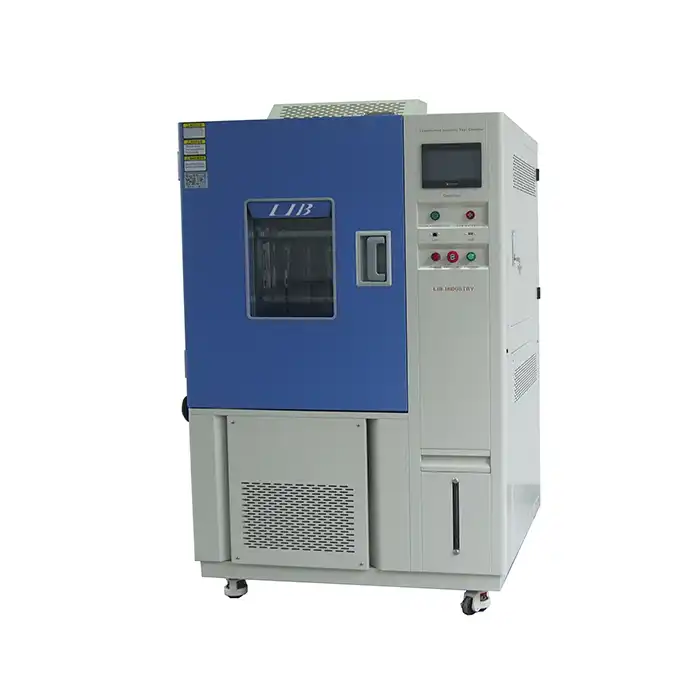
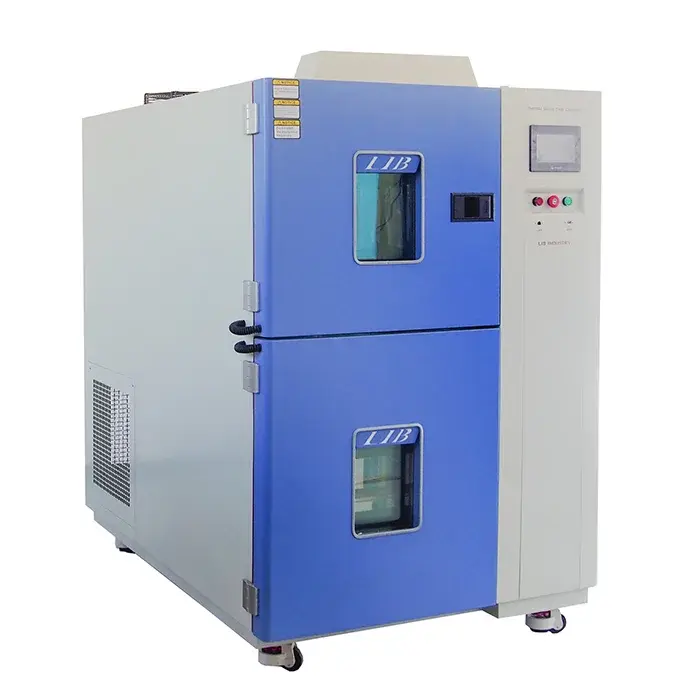
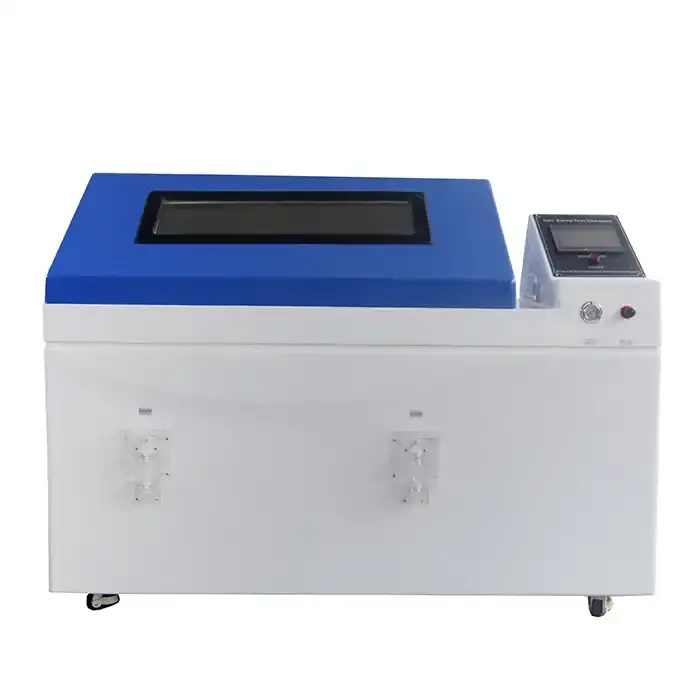
.webp)
